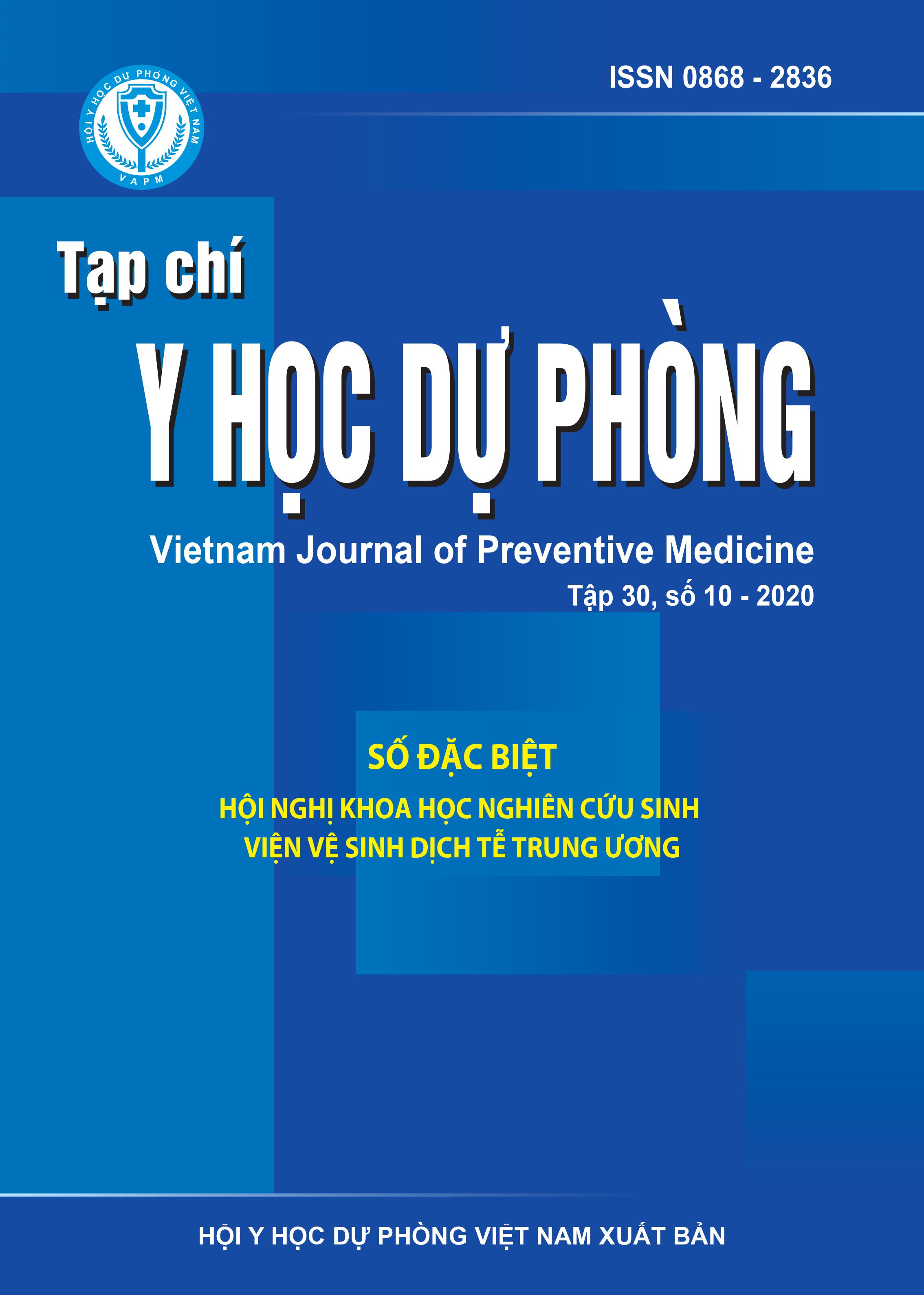Antibiotic Resistance and genotypic relationships of some bacteria causing sepsis in patients from 1 month to under 15 years old enrolled in the in-patient departments of National Hospital of Pediatrics, 2019 - 2020
DOI:
https://doi.org/10.51403/0868-2836/2020/97Keywords:
Pediatric Sepsis, genotype relationship, PFGEAbstract
Sepsis is the most common cause of death among children worldwide. In order to identify antibiotic resistance and genotypic relationships of common causal agents of pediatric sepsis, 190 strains of E. coli, K. pneumoniae, P. aeruginosa, A. baumannii and S. aureus isolates were collected from positive blood cultures of all children from 1 month to 15 years old enrolled in the in-patient departments from January 2019 to May 2020. These strains were re-identifed, investigated drug susceptibility
and analyzed genotypes using Pulsed-Field Gel Electrophoresis technique (PFGE). Results revealed the most prominent bacteria was S. aureus, followed by E. coli, K. pneumoniae, A. baumannii and P. aeruginosa. The fve types of bacteria showed the highest resistance to Ceftazidime 66.7%, followed by Carbapenems 52.4%. 78.3% of S. aureus in this study was resistant to methicillin. Genotyping analysis suggested the possibility of transmission of those strains over the years and among different
departments, as well as the risk of crosscontamination among patients treated in the same department. Thereby it was an alarm about the risk of hospital acquired infections and the vitality of infection control in hospitals in the current period.
Downloads
Downloads
Published
How to Cite
Issue
Section
License
Publication License No 150/GP-BTTTT signed on May 8, 2014;
Electronic Publication License No 322/GP-BTTTT signed on June 15, 2016.


